In the history of the US military, this number is actually quite a bit too much. In World War II, there were nearly 20 generals and a number of Navy admirals who died in action. In the Korean War, two US generals died in action: Lieutenant General Walton Walker died in a traffic accident, Major General Bryant Moore died of a stroke after a plane crash (the list also includes Brigadier General Lawrence Rook, but when he died he was still wearing the rank of colonel). In later wars, no US general died in action.
The largest number of deaths was due to air accidents - 7 American generals. 2 more generals died from gunshot wounds on the battlefield, 2 others died from natural causes. In the statistics, there are 6 cases in the war, 5 cases outside the war. According to the battlefield situation, the most American generals died in 1970, when the US military force was the largest in the Vietnam battlefield and also participated in the most intense fighting.
- Brigadier General Alfred Moody, deputy commander of the 1st Cavalry Division (Airmobile) of the US Army. Died on March 19, 1967 due to a heart attack.
- Major General William Cramm, commander of the 3rd Air Division of the Strategic Air Command of the US Air Force. W. Cramm commanded and operated all operations of the Strategic Air Force in Southeast Asia, including the use of B-52 strategic bombers and tankers. On July 7, 1967, General Kramm flew a B-52 (number 56-0595) on a combat mission from Anderson Air Force Base (Guam). The target of the bombing was a valley on the Truong Son Road, north of South Vietnam. Kramm's plane collided with a B-52 over the East Sea near the mouth of the Mekong River. General Kramm and five crew members died in the accident, seven of whom had time to push. The body of the major general was not found.
- Major General Bruno Hohmut, commander of the 3rd Marine Division. Around noon, November 14, 1967. He was flying a UH-1 helicopter (number 153,757), belonging to the 3rd reconnaissance and fire support wing) from Hue to Hoi An when it exploded in mid-air. Along with the Hohmutom, the explosion killed five people, including a Saigon army officer. The National Liberation Front of South Vietnam announced that the helicopter was shot down.
The pilots of other helicopters escorting Major General Hohmuta's UH-1 did not detect enemy anti-aircraft gunfire at the time of the explosion or afterward. The US Army Commission of Inquiry concluded that the crash was caused by a tail rotor failure, although it is difficult to understand how the tail rotor failure could have led to the explosion. All of the victims were officially classified as combat deaths. Bruno Hohmut was the only US Marine division commander to die during the war.
- Major General Robert Worley, deputy commander of the 7th Air Force of the United States Air Force. On July 23, 1968, Worley was on a reconnaissance flight in an RF-4C (number 65-0895, 460 of the Reconnaissance Air Force) in the tactical zone of Zone I of South Vietnam. The plane was hit by anti -aircraft fire in the DMZ. As the "Phantom" flew over the sea, Worley ordered his pilot, Major Robert Broadman, to eject, Worley himself did not eject but tried to control the F-4. Fire broke out in the cockpit and exploded, the plane crashed on the coast of Thua Thien province (the province officially listed Worley's death location. After Warley's death, the Joint Chiefs of Staff issued an order banning all senior Air Force officers from participating in combat flights.
- Major General Keith Ware, commander of the 1st Infantry Division of the US Army, died on Friday, September 13, 1968, at 13:13. Keith Ware was flying a UH-1 helicopter (number 67-17.552, air unit of the 1st Regiment), which was shot down by fire from the Liberation Army near Loc Ninh. The night before, units of the 1st Infantry Division, participating in Operation Toan Thang, had engaged in fire in the area with a large force of the Liberation Army. During the battle, Weir directly commanded his force. The accident killed seven soldiers and a German Shepherd dog, which was given to Ware by soldiers. During World War II, Keith Weir was awarded the Medal of Honor (the highest award of the US Army) for his bravery in the December 1944 battle in France. As battalion commander, Ware led a group of 11 soldiers in an attack to capture enemy positions, personally killing five German soldiers and being wounded in action.
- Brigadier General Charles Girard, commander of the military aid command for the South Vietnamese government. Suddenly passed away in Saigon on January 17, 1970.
- Brigadier General William Bond, commander of the 199th Light Infantry Brigade of the US Army. On April 1, 1970, in Binh Tuy province, units of Company D, 17th Cavalry Regiment, attached to the 199th Brigade, engaged the Liberation Army and four soldiers were killed. General Bond flew to the battle area to inspect the damaged units. As Bond stepped out of the helicopter, a sniper bullet from the Liberation Army pierced his chest. William died while being taken to the hospital.
- Major General John Dillard (Jr -con) Commander of the US Army Engineer Command in Vietnam. On May 12, 1970, Dillard and the commander of the 937th Engineer Corps, Colonel Carroll Adams, were flying a UH-1 helicopter (number 68-16.342), which was shot down by anti-aircraft fire about 14 km west of Pleiku. In addition to Dillard Adams, eight others died. One soldier survived the crash. Colonel Adams was later posthumously awarded the rank of brigadier general.
- Major General George Casey, commander of the 1st Air Cavalry Division of the US Army. Casey took office in May 1970, during the division's operations in Cambodia and commanded it for two months. On July 7, on the way to Cam Ranh military port to visit wounded soldiers in the hospital, the UH-1 helicopter (number 69-15.138) fell into thick clouds and crashed into a mountainside in Tuyen Duc province (formerly). The entire crew of 7 people died. One of Casey's two sons, George W. Casey Jr., also became an army general, commanded coalition forces in Iraq and held the position of chief of staff of the US Army.
- Rear Admiral Rembrandt Robinson, commander of the 11th Cruiser and Destroyer Squadron, US Navy. Died on May 8, 1972 in a SH-3 helicopter crash (No. 149,699) in the Gulf of Tonkin while returning to his flagship, the light missile cruiser "Providence" (CLG-6), after a briefing on the USS "Coral Sea". Along with Admiral Robinson, two other naval officers also died.
- Brigadier General Richard Tollmen, Deputy Commander of the 3rd Tactical Zone for Fire Support. Died on July 9, 1972 at a Saigon hospital due to severe injuries sustained when Tollmen was caught in an artillery barrage in the An Loc area, where fierce battles had taken place. This incident killed 3 American soldiers and 1 South Vietnamese officer. All of the Americans who died, including General Tollmen, were officially identified as "misadventure" - a term used to refer to victims of "friendly fire" artillery fired by the US military. According to Lieutenant Colonel James Uillbenksu, who was present at the incident, the artillery fire was from the Liberation Army.
One U.S. Air Force general who could be counted on the list is Colonel Edward Burdett, an F-105 bomber pilot who was shot down over North Vietnam on November 18, 1967. For many years, Burdett was listed as missing in action and during that time he was promoted to major general. Later, North Vietnam announced that Burdett died of wounds sustained while being held as a prisoner of war. His remains were returned to the United States in 1974. Burdett is not counted among the U.S. generals who died in Vietnam nor is the rank of general Burdett posthumously awarded.
The Vietnam War was in fact the most brutal and fierce war that the Americans had ever waged and the consequences had to be borne even by the ranks of high-ranking US military officers. The psychological devastation and the lessons it left behind have divided American history in two. The history of America before the Vietnam War and America after the Vietnam War with the principle of “never again”.
Source: https://khoahocdoisong.vn/bao-nhieu-tuong-my-tu-tran-trong-chien-tranh-o-viet-nam-post1542023.html



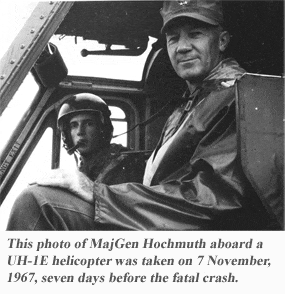
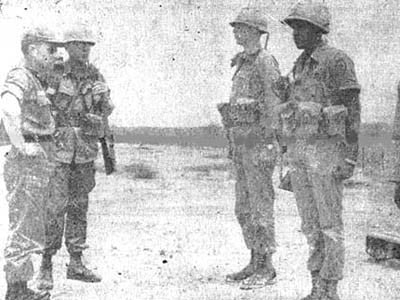
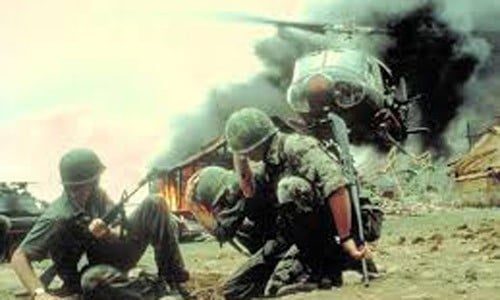
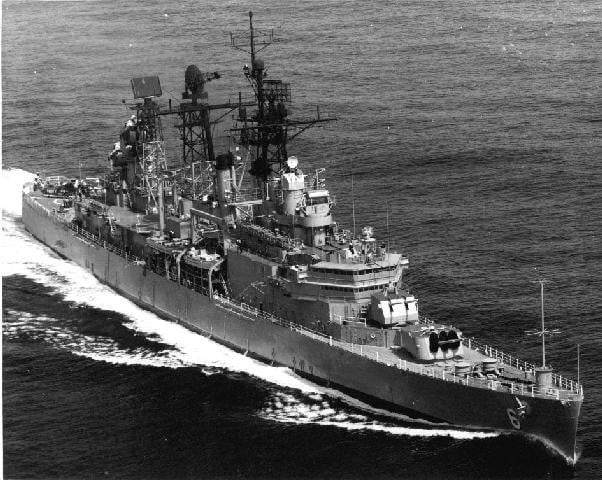

![[Photo] General Secretary To Lam chairs the Politburo's working session with the Standing Committee of the National Assembly Party Committee](https://vphoto.vietnam.vn/thumb/1200x675/vietnam/resource/IMAGE/2025/9/11/e2033912ce7a4251baba705afb4d413c)


![[Ảnh] Chủ tịch nước Lương Cường tiếp Bộ trưởng Quốc phòng Thổ Nhĩ Kỳ Yasar Guler](https://vphoto.vietnam.vn/thumb/1200x675/vietnam/resource/IMAGE/2025/9/11/7f1882ca40ac40118f3c417c802a80da)
![[Photo] Where the history of resistance comes alive with modern technology at "95 years of the Party Flag lighting the way"](https://vphoto.vietnam.vn/thumb/1200x675/vietnam/resource/IMAGE/2025/9/12/81c1276f52b849c8b16e2d01dd1c85e4)






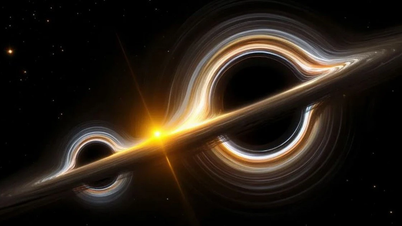






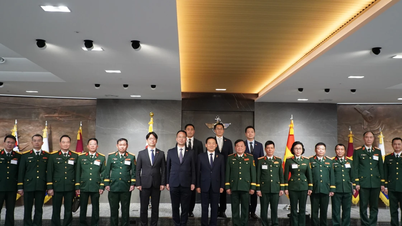





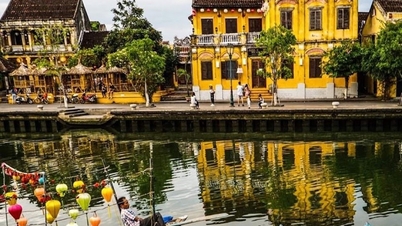


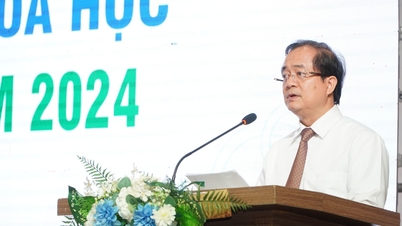























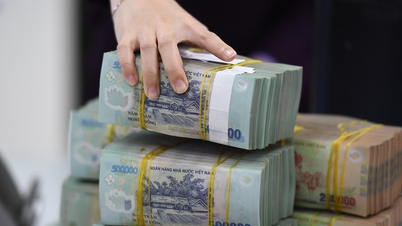









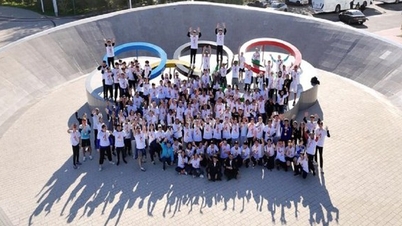






















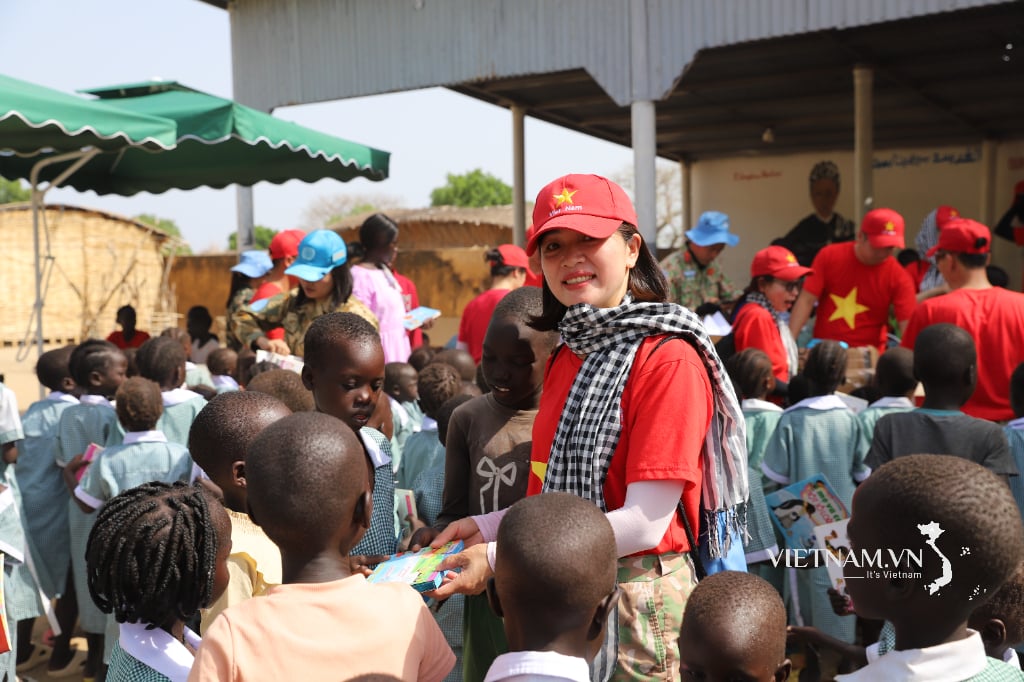

Comment (0)